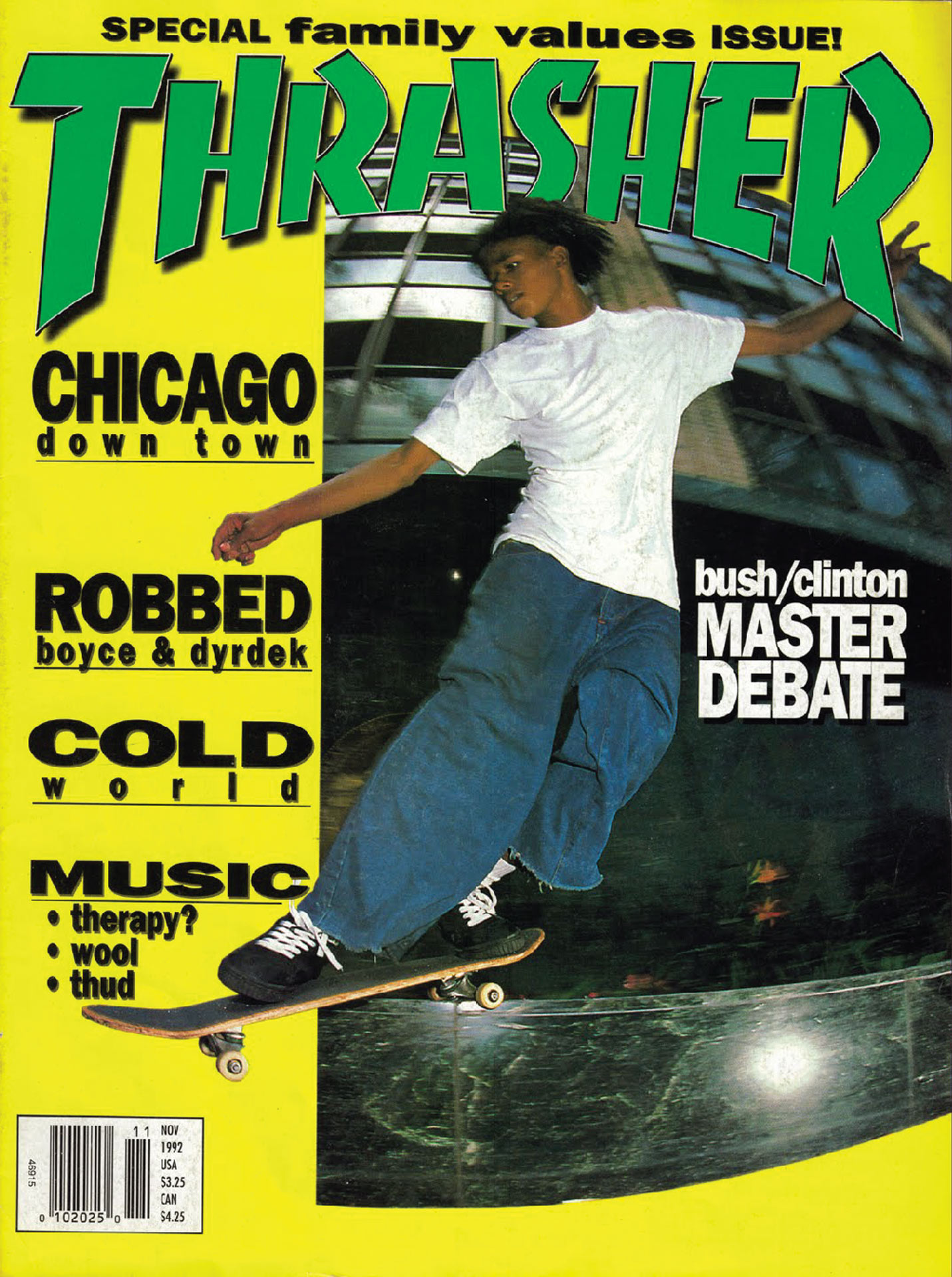It is no secret that the internet has changed the way people become famous. Previously, those who reached for the stars were reliant on the capital, business acumen and marketing prowess provided by officially recognized platforms such as advertising agencies, distribution companies and corporate sponsors. Now, anyone with a smartphone and a dream has a shot at their ‘fifteen minutes’ (provided they also have a sizable following or otherwise manage to win the viral lottery). This paradigm shift has affected all manner of communities and endeavors, but to me none exemplify the differences better than the world of professional skateboarding.

Before the days of YouTube and Instagram, the process of becoming a recognized professional skater was long, rigid and highly involved:
‘“Making It” used to mean riding for established brands (which were often based out of California) and getting on “The Track,” which was more or less the industry pipeline from contests and video parts to company trips and interviews in mags. Local videos, living outside of California, making edits for YouTube, riding for small niche brands that couldn’t afford to advertise – none of this was part of “The Track.”’
– Ryan Lay (Jenkem Magazine, 2019)
This “Track” mentality also meant that the style of skateboarding pushed by the industry was mostly homogenous, with various trends rising and falling over time; for example, being out-of-sync with the meta as a high-flying halfpipe skater during the street craze of the early 90’s was a death-sentence for your career as vert competition waned, ramps disappeared overnight and even finding the correct wheels became a major hassle.
Back then, someone like Jamie Griffin – a young Irish skater who was recently sponsored by beer/skate brand Hopking – would never have found success. Jamie’s skateboarding career can be traced back to his Instagram account, where he became known for posting short clips of himself performing technical flatground tricks and stalls on a carpet in his shed. Living in a rural area where it rains constantly, he didn’t have access to the facilities and opportunities that many other skaters take for granted, but instead of being dissuaded he let his limitations inform his style and harnessed the power of social media to thrive in his own niche.
This is not an isolated case either, as there are many skaters like Jamie who forge their own path on social media because their circumstances don’t allow them to progress up the traditional “Track”, and others whose circumstances could enable them to pursue “The Track” but aren’t interested in participating in the internal politics of ‘corporate’ skateboarding, choosing to instead remain independent. A subset of skaters in the second group make a living for themselves online as content creators or vloggers, and a few of these individuals such as John Hill, George Poulos, Dan Corrigan and Luis Mora have even established their own brands.
The community’s opinions on this new generation of skateboarding ‘influencers’ aren’t all positive, but everyone can acknowledge their impact on the industry as a whole: the esteemed Battle of The Berrics competition has introduced an ‘influencer’ bracket for their 12th season, and members of the independent skateboarding company Illegal Civilization have co-produced a movie with Jonah Hill and worked with Doritos on a streetwear collaboration. I may have my reservations about some of these developments, but as a whole I believe that they are indicative of a move towards the democratization of skateboarding, which is something I wholeheartedly support.


Recent Comments